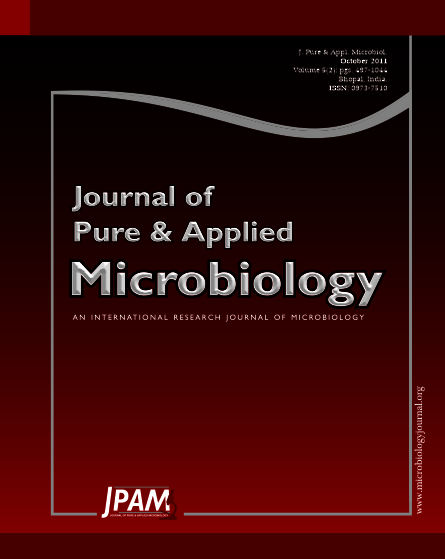Infection is an important cause of mortality in the late post burn period.
Burn wound swab culture helps in identifying microorganisms and selection of appropriate antibiotics. This aids in control of infection and morbidity, which facilitates early discharge from hospital and reduces the cost of treatment. The present retrospective study of burn wound swab culture was undertaken to determine the bacteriological profile and the antibiotic sensitivity pattern in burn unit of our hospital. Burn wound swabs were cultured and identified by conventional methods. Antibiotic susceptibility was performed by Kirby Bauer disk diffusion method.
Wound swab yielded very high culture positivity (98.6%) from 665 of total specimens. Gram-negative bacilli were responsible for majority of infections in which Pseudomonas spp. (61.95%) was the most frequently isolated, followed by Enterobacter spp.(19.73%). Gram-positive cocci were isolated from 14.13% samples. Pan resistance to commonly used antibiotics was observed in 45 (10.92%) isolates of Pseudomonas spp. and 35 (10.9%) isolates of other gram-negative. Pseudomonas spp. showed maximum sensitivity to piperacillin-tazobactam (69.8%) while other gram-negative isolates to meropenem, cefoperazone-sulbactam and piperacillin-tazobactam. Gram-positive cocci were sensitive to vancomycin and linezolid.
Microbiological profile, Burn, Wound infection, Antibiotic sensitivity
© The Author(s) 2011. Open Access. This article is distributed under the terms of the Creative Commons Attribution 4.0 International License which permits unrestricted use, sharing, distribution, and reproduction in any medium, provided you give appropriate credit to the original author(s) and the source, provide a link to the Creative Commons license, and indicate if changes were made.


